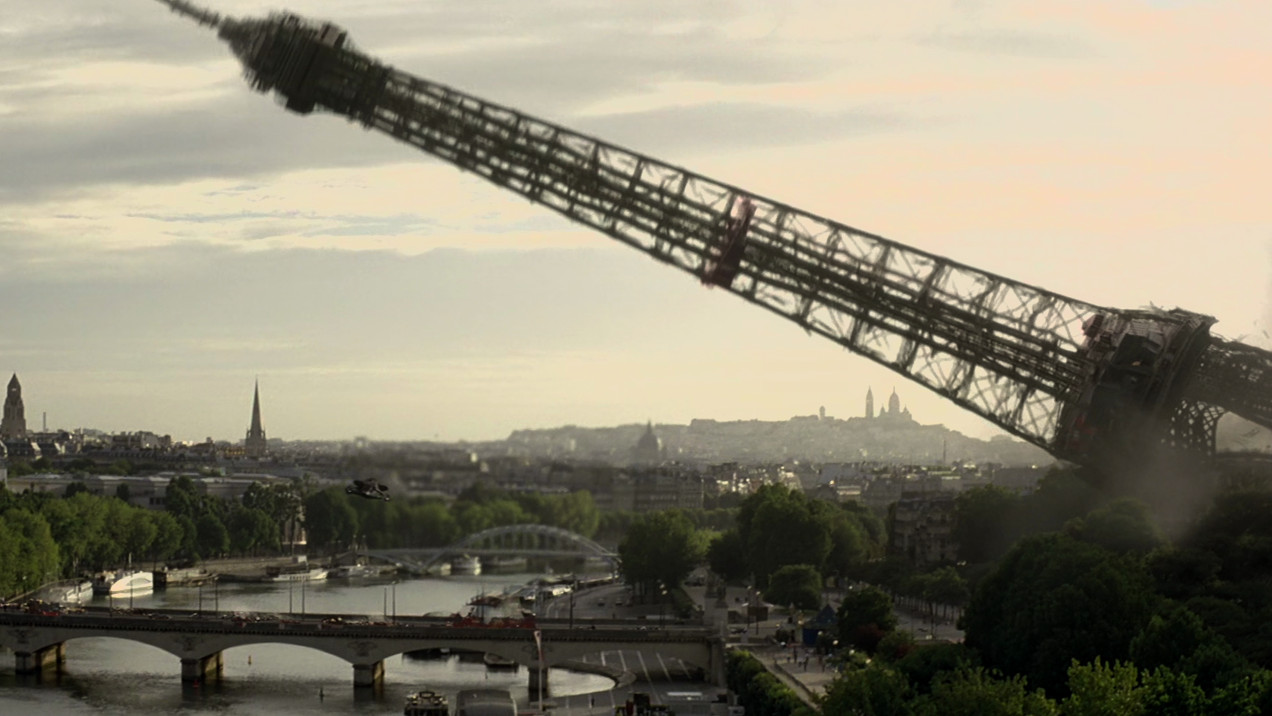Premiering at the 45th Cinéma du Réel in Paris, Maxime Martinot’s short essay The Film You Are About to See (Le Film Que Vous Allez Voir) offers a brilliant investigation into the ways in which cinema exhibition and spectatorship are mediated by paratexts within and outside the films. Repurposing a range of verbal material intended to set context for viewing — disclaimers, introductory warnings, fourth-wall breaking intertitles, notices from theatre management — the film examines the fraught, slippery nature of the relationship between text and image in cinema. In doing so, it also throws light on contemporary institutional outlook towards problematic works from film history.
The texts that Martinot gathers greatly vary in their tone, style and function. A number of them are pre-emptive disclaimers about the films not being representative of the real world (“merely an ancient fable”), forestalling perceived slight to such institutions as the police, the Red Cross and the Catholic church. A few extend the language of publicity, hard-selling the provocations of the film or preparing the audience for the experience to follow (“not a detective genre movie”). Yet others instruct the projectionist to keep an eye out for spectators pirating the film, while one intertitle registers a feeble protest against the censors: “In its original version, the film ended here, but the censorship demanded an optimistic ending as you are about to see.”
Systematically interspersed with these title cards are thirty-two excerpts from across the history of moving images, from Jules Janssen’s Passage de Vénus (1874) to Angus MacLane’s Lightyear (2022). Arranged more or less in chronology, these images often have a dialectical relationship to the intertitles, which, for their part, are presented in a reverse-chronological order, culminating in slides preceding magic lantern shows in the seventeenth century. This historical regression of the title cards goes not only against their anticipatory function and forward thrust within their respective films, but also against the increasingly slick, sophisticated images on display.
The Film You Are About to See cogently demonstrates the extent to which such title cards serve to fix the meaning and affect of the images, and to counter, as Roland Barthes put it, “the terror of uncertain signs.” Taken together, these paratexts attempt to tame the image and protect the audience, cautioning them about the kinds of violence that the images could subject them to: nausea, dizziness, motion sickness, temptation to vice, even moral outrage. One intertitle reproduces a notice that a theatre in Oklahoma had put up to alert the viewers of Lightyear about “scenes of gender ideology,” assuring them that a same-sex kiss will be fast-forwarded as soon as it appears on screen.
In this regard, the counter-chronological arrangement of intertitles and filmic excerpts also evokes regressing cultural attitudes to potentially disturbing films, the atavistic fear of the power of images. The disclaimers we see in the film have a striking resemblance to modern-day trigger warnings that seek to shield viewers from presumed psychic assaults. However, in its savvy assembly of ambiguous movie clips, Martinot’s film suggests that this is an ultimately futile enterprise, for images will always find a way to escape domestication and remain polysemous in the face of texts that seek to pin them down. In this and its fixation on the perverse detail, The Film You Are About to See comes across as a quintessential work about cinephilia, that illicit passion for smuggling personal significance into curated, tamed images.
